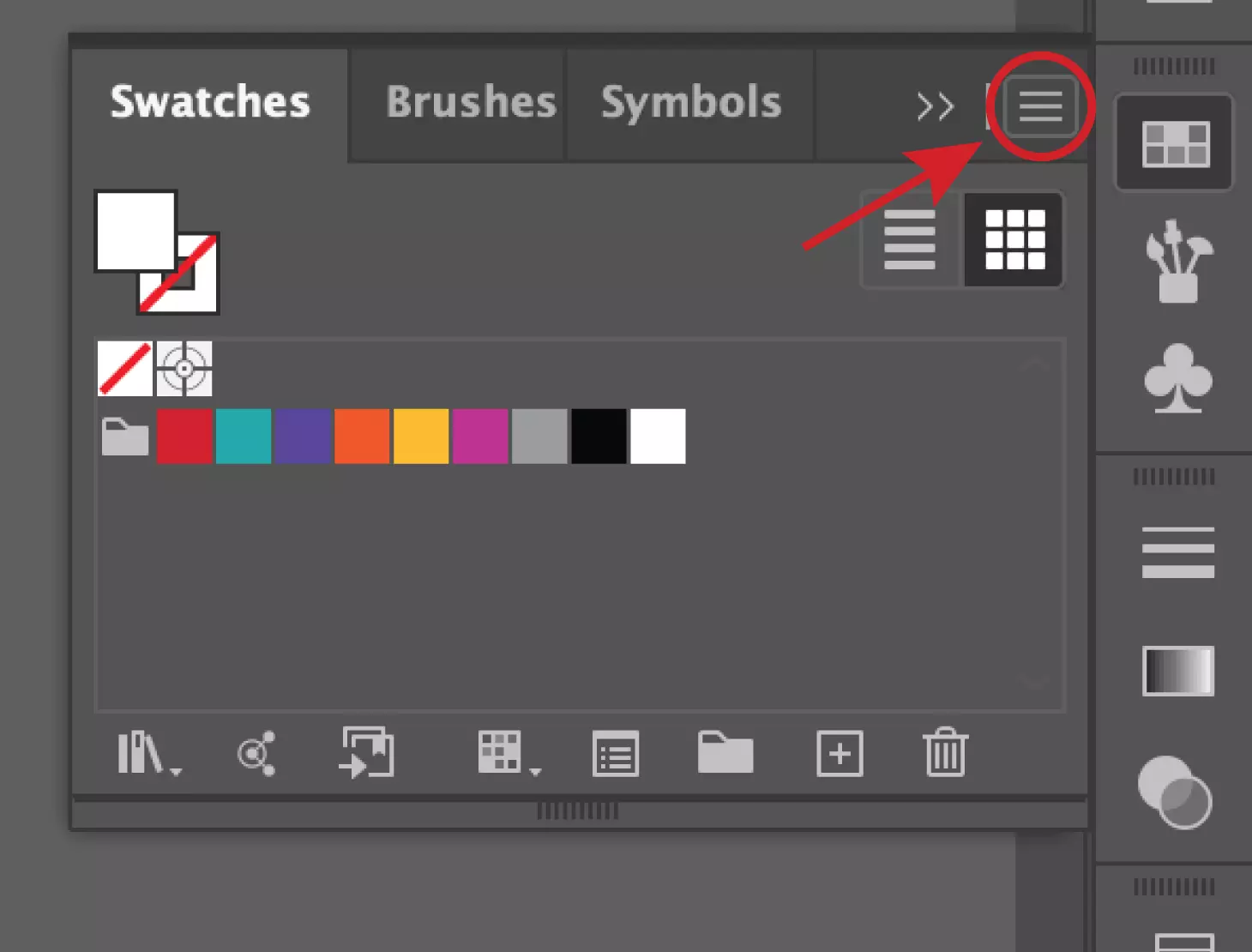How to use color palettes in Autodesk Revit

Introduction
Hello everyone! Have you ever found yourself scrolling endlessly through colors, trying to find the perfect hue for your Autodesk Revit project? Or perhaps you've been frustrated with the lack of an easy way to manage and apply color palettes within Revit? If this sounds familiar, we've got some great news for you!
Autodesk Revit, while immensely powerful in design and modeling, doesn't offer a traditional color palette feature. But fear not, because there's a fantastic solution that allows us to achieve the same result - say hello to Graphic Studio!
Graphic Studio is a tool that significantly enhances your design workflow by offering the ability to use pre-built color palettes. It's like having an artist's palette right in your Revit project, bringing an array of colors at your fingertips! By using Graphic Studio, you'll not only speed up your workflow, but also ensure a consistent and appealing color scheme throughout your project. So let's dive into the world of color!
Chapter 1: How to use Graphic Studio Pre-built Color Palettes
If you're eager to add a splash of color to your project, you're in luck. Graphic Studio comes with a wide array of pre-built color palettes that are ready to use. These palettes range from subtle and professional, to bright and vibrant, offering a wide spectrum of color options for any project.
To use these pre-built palettes, all you need to do is:
1. Open Graphic Studio within your Revit environment.
2. Navigate to the "Override Colors" section. If you need help on how to override colors, be sure to check out our tutorial here.
3. From there, simply select the color palette that best fits your vision.

Just like that, you have access to a full spectrum of color options without the need for manual selection!
Chapter 2: How to Import Color Palettes from Adobe Illustrator into Revit
But what if you have a color palette in Adobe Illustrator that you absolutely love and want to use in your Revit project? Or perhaps you've got a brand-specific color scheme that needs to be followed? Good news! Graphic Studio offers a seamless way to import GIMP color palettes, which means we can easily convert Illustrator color palettes to GIMP format, and then import them into Graphic Studio.
Here's how to do it:
Exporting color palettes from Adobe Illustrator into Autodesk Revit:
1. Open your Adobe Illustrator document with the color swatches you want to export.
2. Navigate to the "Swatches" panel (Window > Swatches).
3. Click on the options icon in the Swatches panel, and select "Save Swatch Library as ASE...".
4. Choose a location, name your file, and click "Save".

Your color palette is now saved in the Adobe Swatch Exchange (ASE) format.
Converting Illustrator Palettes to GIMP Format:
1. Convert your .ase file to a .gpl file using a converter like Swatchbooker (www.selapa.net/swatchbooker/).
2. Download the .gpl file and remember the location.
Importing GIMP Palettes into Graphic Studio:
1. Open Graphic Studio in your Revit environment.
2. Go to the color palette section and select "Import".
3. Navigate to the location of your .gpl file and click "Open".

Voilà! Your Illustrator color palette is now available in Graphic Studio.
Final Thoughts
Color plays a crucial role in design, enhancing the aesthetics and ensuring coherence throughout the project. By leveraging the power of Graphic Studio, we not only gain access to a plethora of pre-built color palettes, but also have the flexibility to import our own color palettes from Adobe Illustrator.
This workflow significantly simplifies the color management process, making it quicker and easier to apply consistent, appealing colors across our Revit projects. By taking the time to understand and use this process, we can ensure our designs are as vibrant, consistent, and beautiful as they can possibly be.
Remember, in the world of design, colors are not just hues and shades. They're the silent yet powerful language that conveys the mood, theme, and essence of your project. Happy coloring, designers!


